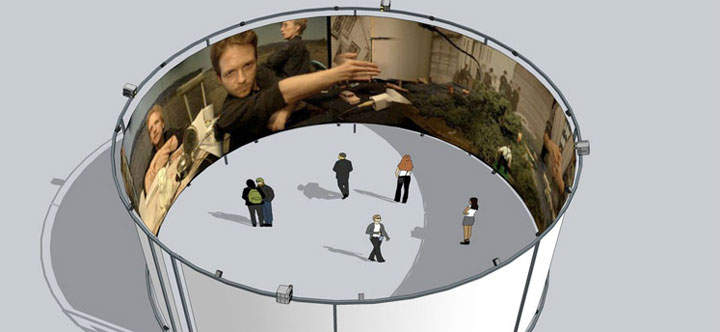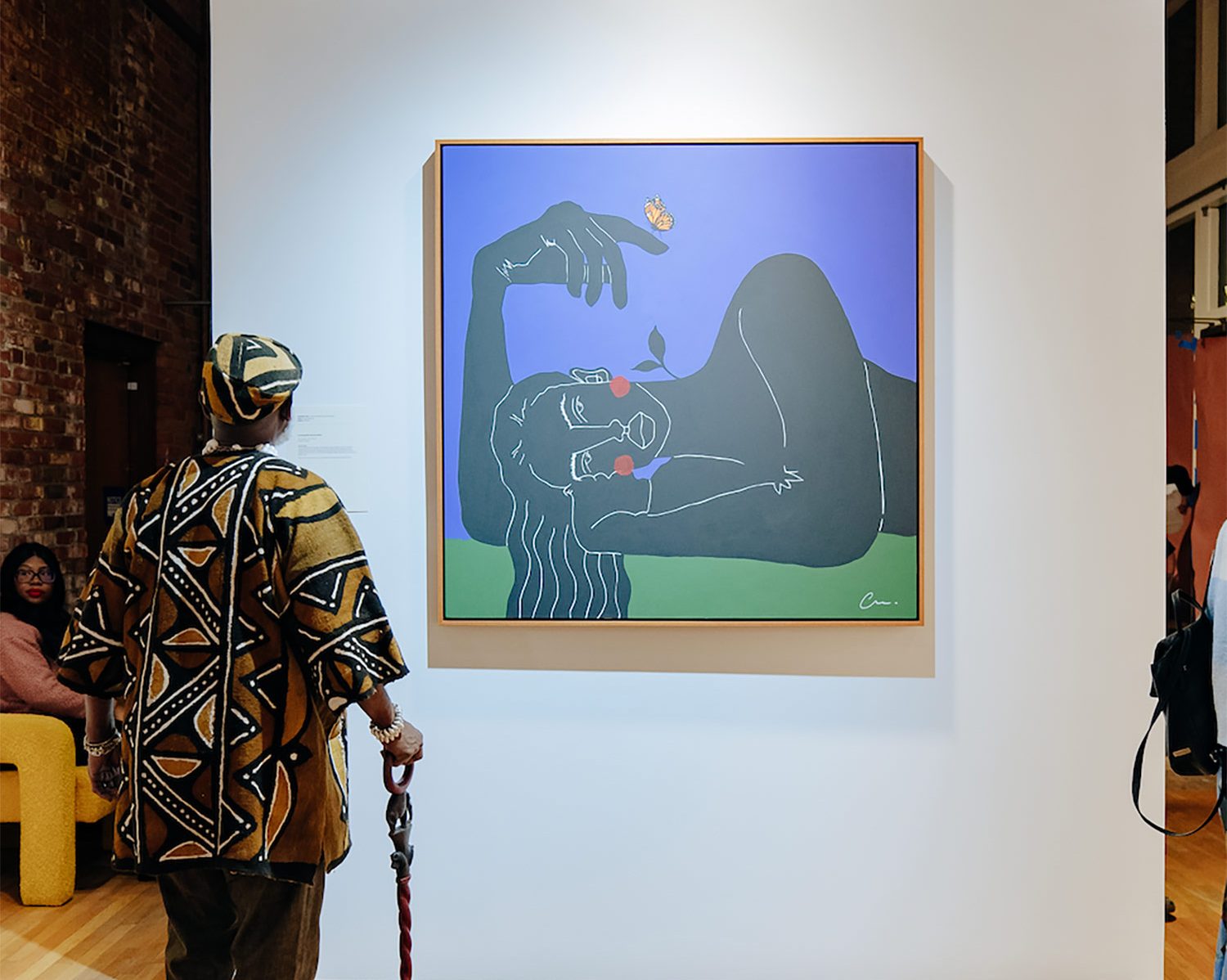
While partly scripted documentary, partly historical narrative, and partly just nonsense, There’s Still Time, Brother shines most during its most self-aware parts. It is those parts which reveal not only new things about the film, but about the audience itself. For starters, certain quotes which describe the film itself play a role in an extremely “meta” way. Lines like, “You might be irritated because that person’s sensibilities are different from yours,” might ring out loud and clear because perhaps you, the viewer, feel exactly that way at that time. Other self-aware quotes might seem more ironic than they are intentional, but they are very much intentional. For example, a monologue which fades into the words, “An awkward silence, an awkward silence…” becomes hugely applicable as what seemed like a mellow, lo-fi cam video turns into a very, very explicit shot of male genetilia — leading a roomful of people to become strangely, and awkwardly, silent.
At other times, the controllers of the “remote: might seem like sheep who very much buy into subtle cues which inspire action. Narrative suggestions like, “This person’s interesting, and you start to follow them,” might in fact lead the controller of the chair to follow said person, although that might seem like an obvious thing to do. Visual directional cues also abound, with one particularly obvious one being an arm which points in one direction. As the person in the chair follows that arm, that arm points to another arm, which points to another arm, and so on, until the finger-pointing arms have made a 360-degree loop back to where the chain reaction began.
All of these observations were lifted from a 60-minute viewing — that is, three run-throughs — of There’s Still Time, Brother. This type of film-going experience has a lot to offer from a sociological and observational standpoint, and it seems like merely the beginning of a very exciting future for interactive filmmaking to come.
Ω






